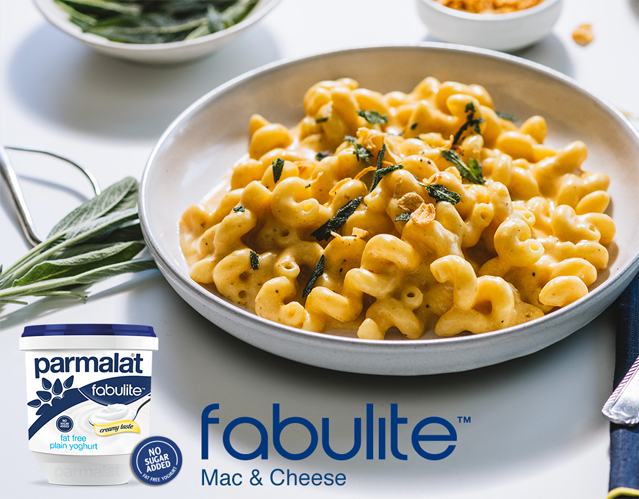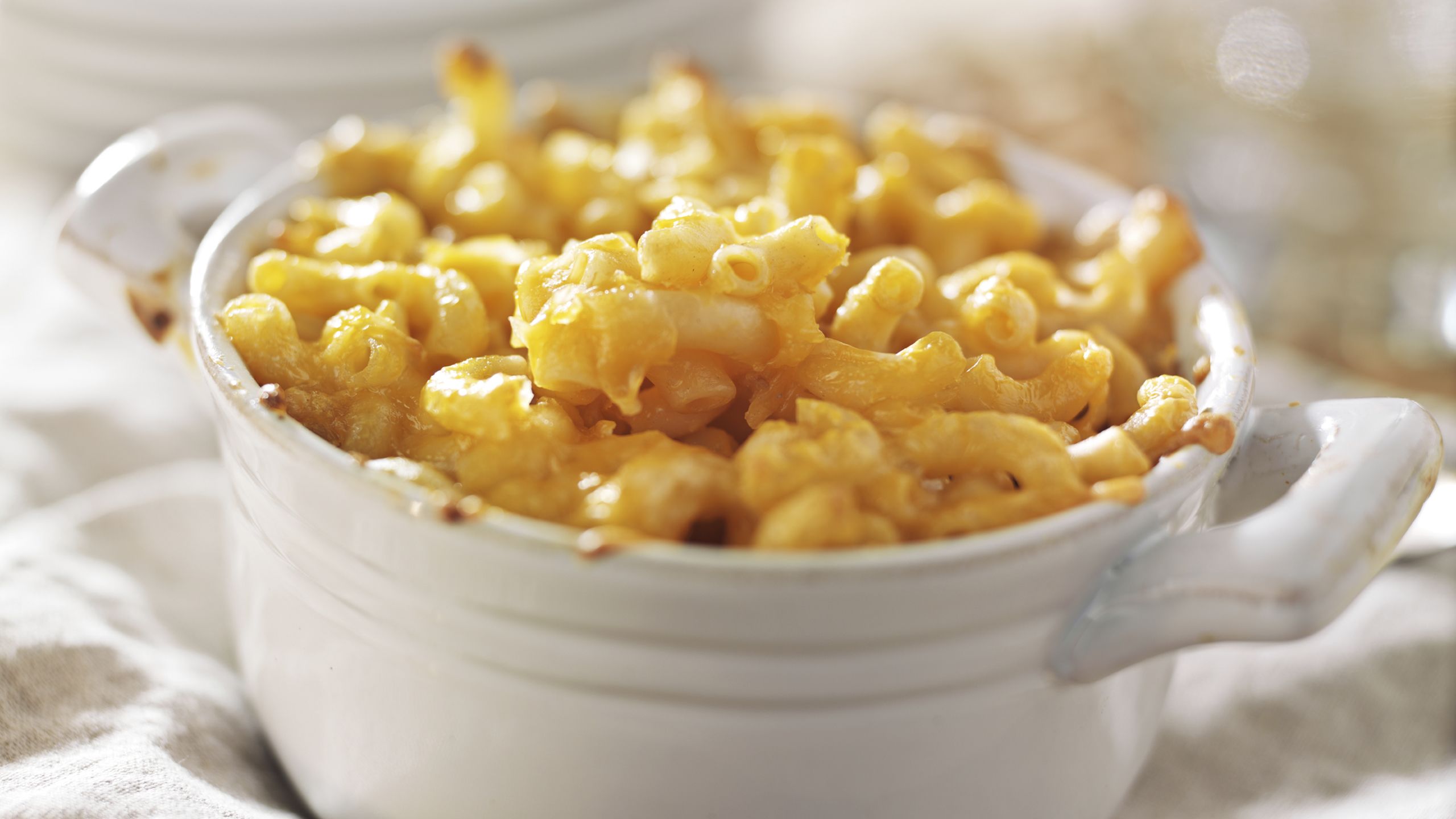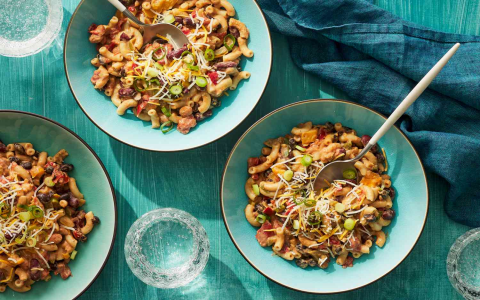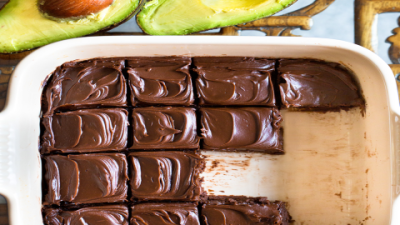Mac and cheese — it’s one of those ultimate comfort foods that many of us grew up loving. Creamy, cheesy, and oh-so-satisfying. But if you have diabetes, you might be wondering, “Is this dish even safe for me?” The question isn’t just about taste; it’s about how mac and cheese affects your blood sugar and overall health. So, let’s dig into this a bit because the answer isn’t as simple as a yes or no.
First off, diabetes means your body struggles to manage blood sugar levels properly. What you eat plays a huge role in keeping those levels steady. Foods high in refined carbs or saturated fats can cause spikes or other issues, so naturally, mac and cheese raises some red flags. But before you swear it off forever, let’s take a closer look at what’s really inside that creamy bowl.
Mac and cheese is basically pasta and cheese with some milk or cream and butter thrown in. Sounds simple, right? But when you break it down, it’s a mix of refined carbs (from the pasta), saturated fat (from the cheese and butter), and quite a bit of sodium. And all those things can be tricky for diabetics.

To give you a clearer picture, here’s what a typical serving looks like nutritionally (and keep in mind, one cup is a pretty standard serving size):
| Brand/Type | Calories | Fat (g) | Protein (g) | Carbs (g) | Fiber (g) | Sodium (mg) |
|---|---|---|---|---|---|---|
| Panera Bread | 470 | 31 | 17 | 33 | 1 | 1040 |
| Chick-fil-A | 440 | 27 | 19 | 29 | 8 | 1200 |
| Kraft | 376 | 16 | 10 | 47 | 2 | 669 |
| Velveeta | 310 | 9 | 13 | 44 | 2 | 869 |
| Daiya (Dairy-free) | 300 | 9 | 5 | 48 | 2 | 580 |
| Annie’s Homegrown | 360 | 4 | 9 | 51 | 2 | 720 |
| Homemade (regular) | 506 | 24 | 20 | 53 | 3 | 837 |
Looking at these numbers, it’s pretty clear that mac and cheese isn’t exactly a health food. The calories can be quite high, and the sodium? Yikes. Some servings pack over mg of sodium, which is nearly half the recommended daily limit. And the carbs? Mostly refined, meaning they can shoot your blood sugar up faster than you’d like.
So, what happens when you eat mac and cheese with diabetes? Well, the refined pasta causes a rapid increase in blood sugar. The cheese and butter add saturated fat, which isn’t great for insulin sensitivity or heart health — two things diabetics really need to watch. Plus, the high sodium content can raise blood pressure, adding another layer of risk.
But here’s the thing — just because it’s not perfect doesn’t mean you have to banish mac and cheese forever. It’s about balance and making smarter choices. The American Diabetes Association doesn’t say “never,” but they do stress portion control and healthier swaps.
So, how can you still enjoy mac and cheese without the guilt or the blood sugar rollercoaster? Here are some tips that actually work:
- Swap the pasta: Instead of the usual white pasta, try whole wheat, chickpea, or lentil pasta. These have more fiber and protein, which help slow down digestion and keep blood sugar steadier.
- Choose your cheese wisely: Go for low-fat cheeses like part-skim mozzarella or ricotta. Or experiment with plant-based cheeses that tend to be lower in saturated fat and sodium.
- Add veggies: Toss in some broccoli, cauliflower, or spinach. Not only does this bulk up the dish with fiber and nutrients, but it also makes it more filling and less carb-heavy.
- Watch your portion: Keep it to about half a cup if you’re worried about carbs and calories.
- Make it at home: When you cook mac and cheese yourself, you control what goes in. Use unsweetened almond milk, low-sodium broth, and a little butter or olive oil instead of heavy cream.
Here’s a quick homemade recipe that’s a bit friendlier for diabetics:
Ingredients:
- oz chickpea pasta elbows
- 1/ cup butter or olive oil
- 1/ tsp xanthan gum (optional thickener)
- 1/ cups unsweetened almond milk
- 1/ cups low-sodium chicken or vegetable broth
- 1/ tsp salt
- cup shredded reduced-fat cheddar cheese
Instructions:
- Cook pasta as per package instructions, then set aside.
- Melt butter in a pot and whisk in xanthan gum.
- Add almond milk, broth, and salt; simmer until it thickens.
- Stir in cheese until melted.
- Mix pasta in and serve.
This version comes in at about calories per cup, with grams of fat, grams of protein, and grams of fiber — a much better balance than your average boxed mac and cheese.
Now, about cheese itself. It’s a bit of a double-edged sword for diabetics. On one hand, cheese offers protein and calcium, which are good. On the other, some cheeses are loaded with saturated fat and salt, which can be problematic. Here’s a quick rundown:

| Cheese Type | Saturated Fat | Sodium | Protein | Notes |
|---|---|---|---|---|
| Mozzarella | Low | Low | Moderate | Good choice, lower fat |
| Provolone | Moderate | Moderate | Moderate | Lower saturated fat |
| Parmesan | Low | Moderate | High | High protein, low calorie |
| Cottage Cheese | Low | Low | High | Contains probiotics |
| American Cheese | High | High | Moderate | Highly processed, best avoided |
| Processed Cheese | High | High | Low | Not recommended |
So, if you love cheese (and who doesn’t?), stick to the less processed, lower fat options and enjoy them in moderation.
Let’s wrap this up with some of the most common questions people ask about mac and cheese and diabetes:
Q: Can I eat mac and cheese if I have diabetes?
A: Yes, but it’s best to treat it as an occasional treat. Watch your portion size and try to make it healthier by swapping ingredients.
Q: How can I reduce the carbs in mac and cheese?
A: Use whole grain or legume-based pasta, add lots of veggies, and keep portions small.
Q: Is cheese safe for diabetics?
A: Cheese can be part of your diet, especially if you choose low-fat, low-sodium options. Avoid processed cheeses.
Q: What impact does mac and cheese have on blood sugar?
A: Traditional mac and cheese can cause blood sugar spikes due to refined carbs and fat. Pairing it with fiber and protein helps reduce this effect.

Q: Are there diabetic-friendly mac and cheese recipes?
A: Absolutely. Using chickpea pasta, low-fat cheese, and adding vegetables makes for a more balanced dish.
At the end of the day, is mac and cheese good for diabetics? It depends. If you want to indulge, do it smartly. Balance it with fiber, protein, and veggies, control your portions, and maybe cook it yourself. That way, you get the comfort without the crash. Remember, managing diabetes is a marathon, not a sprint — and a little mac and cheese now and then won’t derail your progress if you’re mindful.
So go ahead, enjoy that cheesy goodness — just maybe not every day!



